'There was a 70ft hole beneath where the children were playing': The ups and downs of having a well on your property
Discovering a well on your property can be viewed as a blessing or a curse, but all’s well that ends well, says Deborah Nicholls-Lee, as she examines the benefits of a personal water supply.
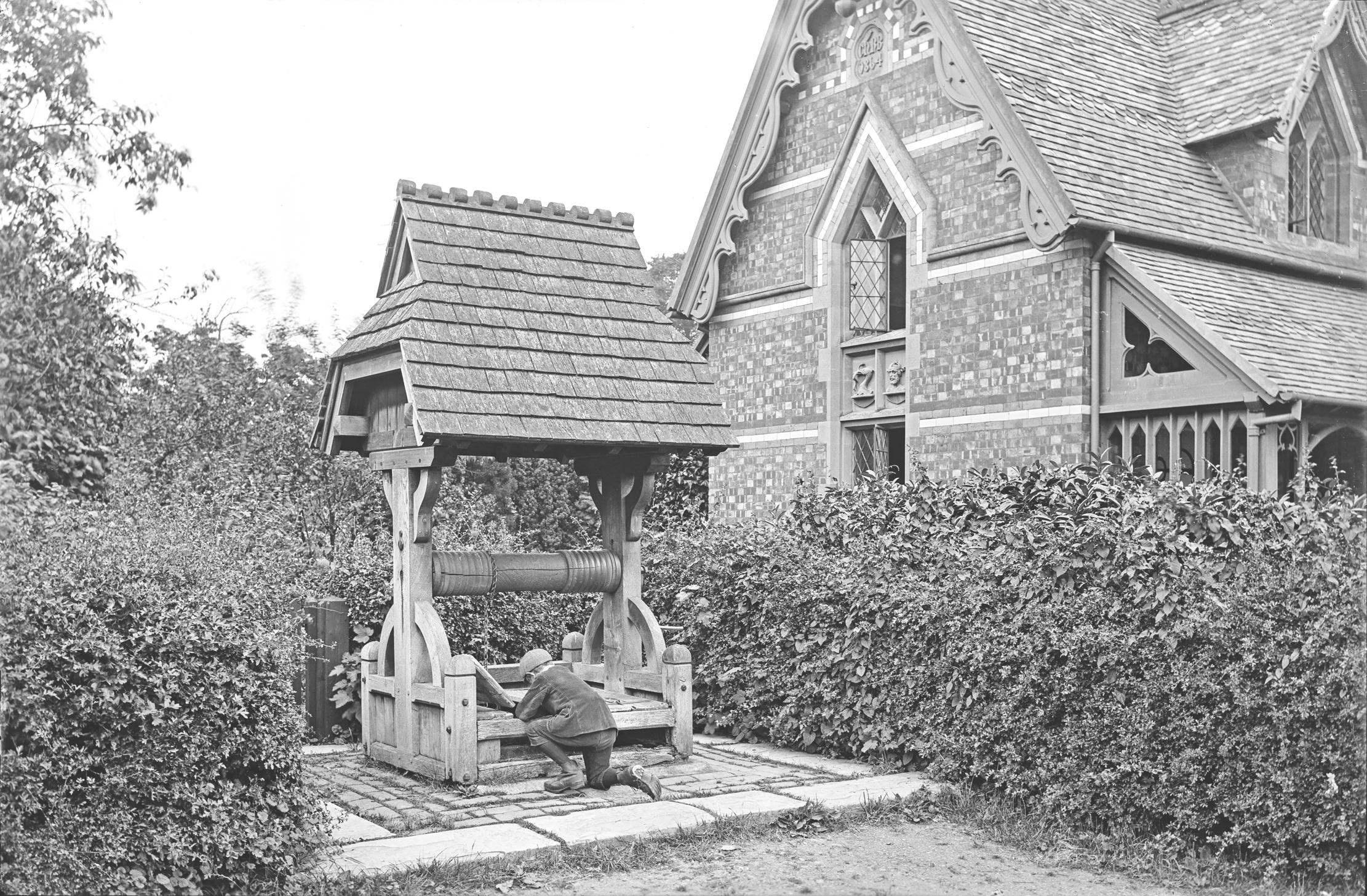

The map on the deeds to 400-year-old Moat House in Wattisfield, Suffolk, features a tiny italicised w, small enough that Olivia Munro and her husband, Jack, missed it when they purchased the property in May 2023. It was only when they began digging trenches in the garden to manage tree roots that a concrete pad revealed itself beneath the scuffed grass. After some determined drilling and with the aid of a powerful torch, they learnt that they were in possession of a 4ft-wide well.
It was the latest surprise in the renovation of a dilapidated property documented by Mrs Munro on her Instagram page, @lifeatmoathouse. ‘It’s really bizarre, because we had no idea that there was this 70ft hole beneath where the children were playing,’ she remembers, clearly still shocked.
Wells get a mixed reception from modern-day owners. Whereas some people fill them in or lock them away in an outbuilding, others welcome the additional source of water or make a charming feature of them. As for the Munros, the discovery initially unsettled the couple, who, having watched the 2002 horror film The Ring in their youth, associated wells with disturbing happenings. ‘We slept with the light on for a week,’ Mrs Munro confides. In time, however, they saw it as a positive development — particularly when a jam jar sent down the well emerged with crystal-clear water. They have since acquired reclaimed bricks to build the well up and make it a focal point and are planning to get the water tested, in the hope that it can be used on the garden and as drinking water for their dogs and ponies.
Before the Public Health Act of 1848 expanded the supply of mains water, any sizeable property was served by a well. Fordham Abbey, a Georgian mansion in nearby Cambridgeshire, where Mrs Munro is the assistant manager, is home to at least four, she says.
One of the grandest examples is St Bernard’s Well on the shores of Edinburgh’s Water of Leith, which is housed within a classical temple designed by the painter Alexander Nasmyth (1758–1840) and depicted in several of his works. A statue of Hygeia, the Greek goddess of health, stands beneath a blue-and-gold mosaic ceiling.

Over the entrance, Bibendo Valeris (drink and you shall be well) is a reminder of the well’s celebrated healing properties before the reported discovery of arsenic in the water in the 1940s caused a rapid about-turn. Head to Wales for a happier ending. In Holywell, Flintshire, the star-shaped pool beneath the ornately carved walls and ceiling of St Winefride’s Well is still enjoyed by visitors who come to bathe in its curative waters, as pilgrims did a millennium earlier.
Not all wells are open air. In the drawing room of a Victorian house in the Surrey Hills, a hook on the ceiling, still visible today, held a clue to the 52ft bottlenose well directly beneath it. Like the Munros, the previous inhabitants had no idea it was there. ‘The builders called them one day and said “Er, we’ve found a well…”,’ explains current owner Jade Canon. ‘It looked so sensational, they decided to make a feature of it.’ Located in what was once a kitchen, the well is now spotlit and enclosed with glass. ‘It helped sell us the house,’ admits Mrs Canon, who also has a picture-perfect wishing well in the garden. ‘It’s an extraordinary thing.’
Sign up for the Country Life Newsletter
Exquisite houses, the beauty of Nature, and how to get the most from your life, straight to your inbox.
At Hungerford Park in Berkshire, once owned by Elizabeth I and today a stud farm, the drama is all in the depth — in this case, a staggering 111ft. This is the equivalent, says owner Toby Hunter, of a 10-storey building. The 6ft-wide well is located in an octagonal brick outbuilding that once served as a pump house. ‘There must have been an animal that walked around and around and around,’ he reflects. ‘For years, it had been open and our young sons were throwing pebbles into it.’
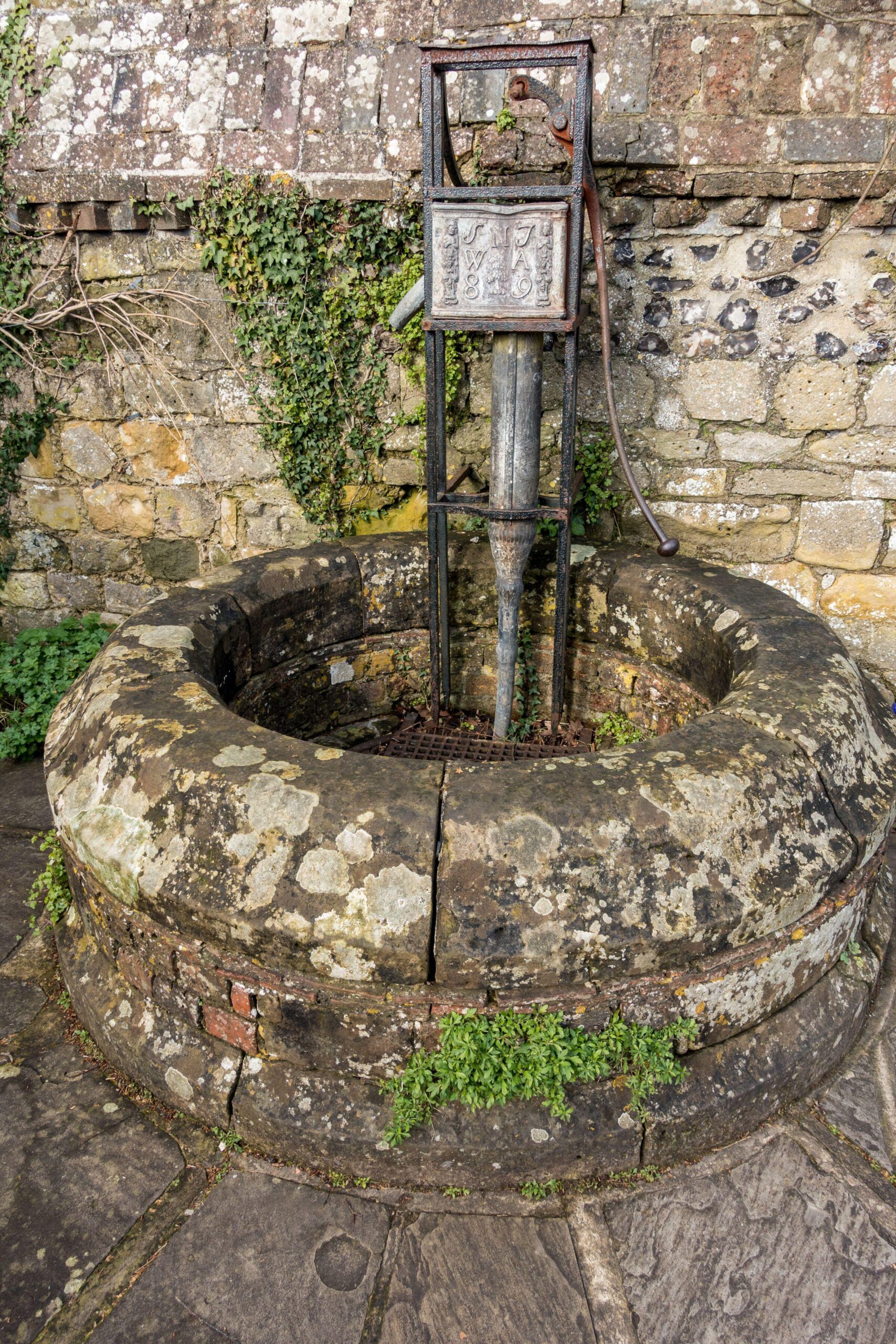
There was never any question of filling in a well that he suspects dates back to at least the 1700s. ‘It’s part of the history and so intact,’ continues Mr Hunter, who was struck by the ingenuity and endurance required to create it, still in evidence today. ‘It’s got holes where struts go across, so that they could climb down into the well to build it. Somebody’s had to dig it, so why would you fill it in?’
Instead, the family decided to preserve the well, installing floodlights and sealing the entrance hole with toughened glass. Reactions to this have been mixed. ‘Half the people are scared to walk across it, the other half marvel at it, standing in the middle looking down,’ Mr Hunter reveals. Animals are the least impressed. ‘They won’t walk on it. Dogs do not like walking across it at all.’
The Well Drillers Association, which covers the whole of the UK, is a key source of advice and services for well owners. ‘The biggest thing to point out is never go down one,’ advises chairman Darren Hughes. Beyond the risk of falling in, well gases such as methane and odourless hydrogen sulphide are dangerous. Decommissioning a well is also subject to Environment Agency guidelines, he explains, which are extremely prescriptive about the materials that can be used.

For those who choose to keep the well, the ability to draw up to 20,000 litres a day without a licence (20 times what an average household uses) can be appealing. ‘We would always suggest you get one of our members to come and inspect and test the well,’ continues Mr Hughes. ‘It’s not the sort of thing your plumber can do.’ If the well is viable, a sediment filter and UV light — which must be checked annually — are highly recommended to ensure the water is safe to take out and use.
Acres Wild, a garden and landscape-design practice based in West Sussex, has worked on several projects that included old wells. These can create ‘points of interest on a journey around the garden’, ‘a focal point on a vista line of a central feature in a specific garden area’ and ‘provide a point of reference to the history of the site,’ says director Debbie Roberts. ‘It’s always a good idea to incorporate these into a design, connecting the old and new and giving a sense of age and continuity.’
In terms of cons, safety is the biggest issue, warns Ms Roberts, who recommends a decorative grill to prevent accidental falls — Cornwall’s Lost Gardens of Heligan has a striking floral example. Overall, she sees a garden well as an enhancement: ‘If it’s working, it can be a useful source of irrigation, but, even if not, it can be made into an attractive feature within the garden composition’ that allows you to introduce ‘a range of plants that enjoy the damp and shady microclimate’. Beyond aesthetics, a well can be a source of joy, she feels. ‘Who doesn’t like to drop a stone down a well to see how deep it is? They bring out your inner child.’
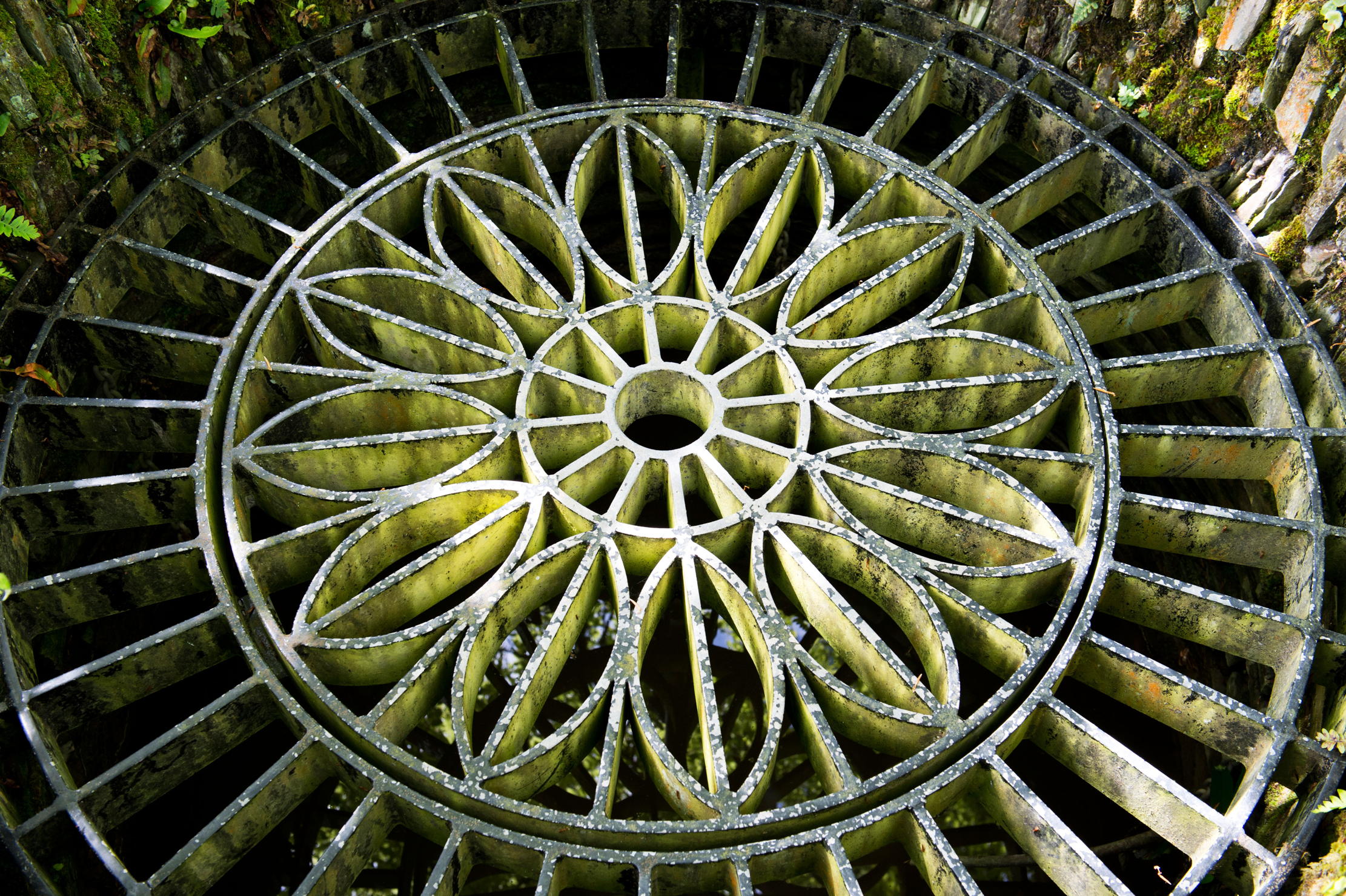
In Rushton, Cheshire, Emma Jordan-Stout integrated a well into her garden design by building a matching structure, now known — even on planning-permission documents — as the ‘not well’. Today, it is a flowerbed complete with a plum tree. The 34ft brick well beside it, which may date back to the 16th century, has proved useful for washing down the dogs after muddy walks and doubles as a pond for koi carp, surprising visitors who peer in. ‘People love it,’ says Mrs Jordan-Stout. The well is also a handy outside watering facility, she adds: ‘You can buy a pump and attach it to your hosepipe.’
Although some wells have been used over the years to stash gruesome contents — take the discovery of 17 12th-century skeletons in a Norwich well in 2004 — Mrs Jordan-Stout’s holds a more prosaic secret. ‘There’s a spade at the bottom,’ she confesses. ‘I know because I dropped it down there.’

Farewell to the arms: The humbling English defeat to the French that you've never heard of
A 15th-century cannon, an 18th-century flintlock belt-pistol and two swords excavated near Castillon, the site of the battle that ended

Plan properly, build well, and even the NIMBYs can't object to the solution to the housing crisis
Reforming planning and embarking on a large-scale house building plan is one of the great challenges for the new government
Deborah Nicholls-Lee is a freelance feature writer who swapped a career in secondary education for journalism during a 14-year stint in Amsterdam. There, she wrote travel stories for The Times, The Guardian and The Independent; created commercial copy; and produced features on culture and society for a national news site. Now back in the British countryside, she is a regular contributor for BBC Culture, Sussex Life Magazine, and, of course, Country Life, in whose pages she shares her enthusiasm for Nature, history and art.
-
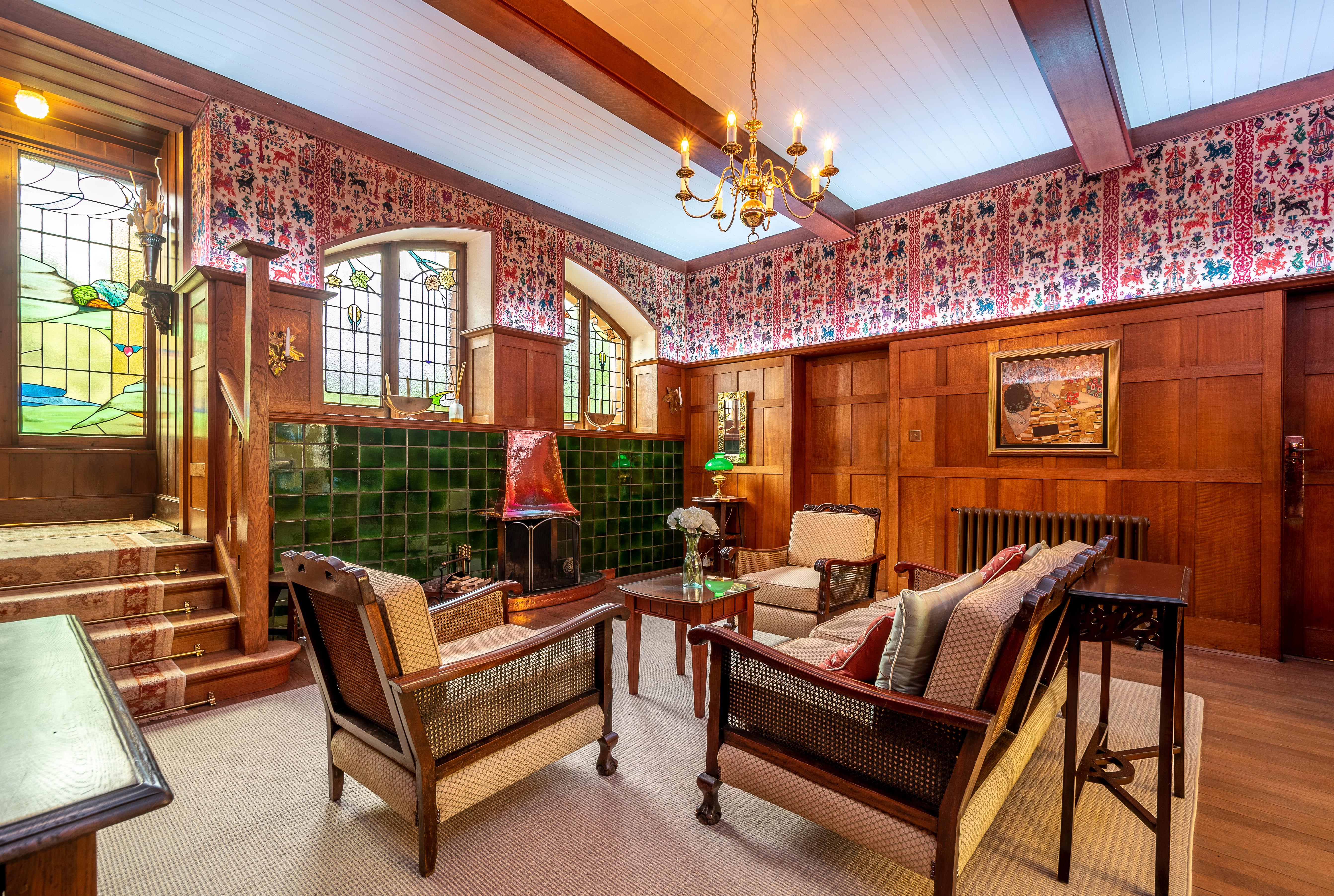 Seven of the UK’s best Arts and Crafts buildings — and you can stay in all of them
Seven of the UK’s best Arts and Crafts buildings — and you can stay in all of themThe Arts and Crafts movement was an international design trend with roots in the UK — and lots of buildings built and decorated in the style have since been turned into hotels.
By Ben West Published
-
 A Grecian masterpiece that might be one of the nation's finest homes comes up for sale in Kent
A Grecian masterpiece that might be one of the nation's finest homes comes up for sale in KentGrade I-listed Holwood House sits in 40 acres of private parkland just 15 miles from central London. It is spectacular.
By Penny Churchill Published
-
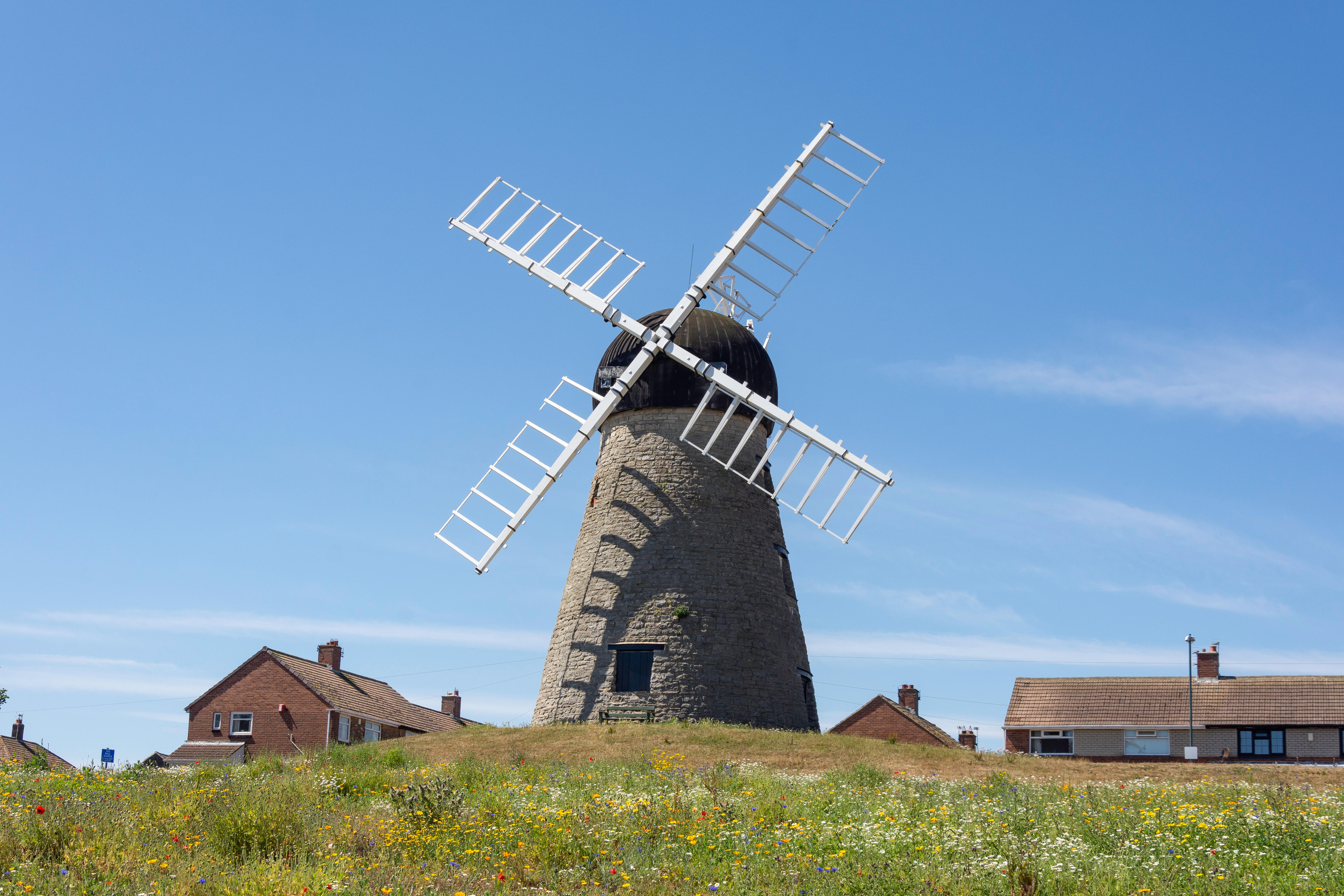 The 'best places to live' ranking that lists all 1,447 towns, cities and large villages in England and Wales — who is this year's winner?
The 'best places to live' ranking that lists all 1,447 towns, cities and large villages in England and Wales — who is this year's winner?Redbourn has been named the best place to live in the country.
By Annabel Dixon Published
-
 Some of Scotland's most beautiful churches are being sold off for as little as £40,000 — but a word of warning before you take the plunge
Some of Scotland's most beautiful churches are being sold off for as little as £40,000 — but a word of warning before you take the plungeLucy Denton examines how best to help former church buildings thrive as times move on and property changes hands.
By Lucy Denton Published
-
 Two-thirds of us buy a house and immediately set about refurbishing it
Two-thirds of us buy a house and immediately set about refurbishing itWe spend more buying our houses than on anything else in our lives — yet the first thing we do on moving in is set about changing the place. Annabel Dixon takes a look at what we do and why.
By Annabel Dixon Published
-
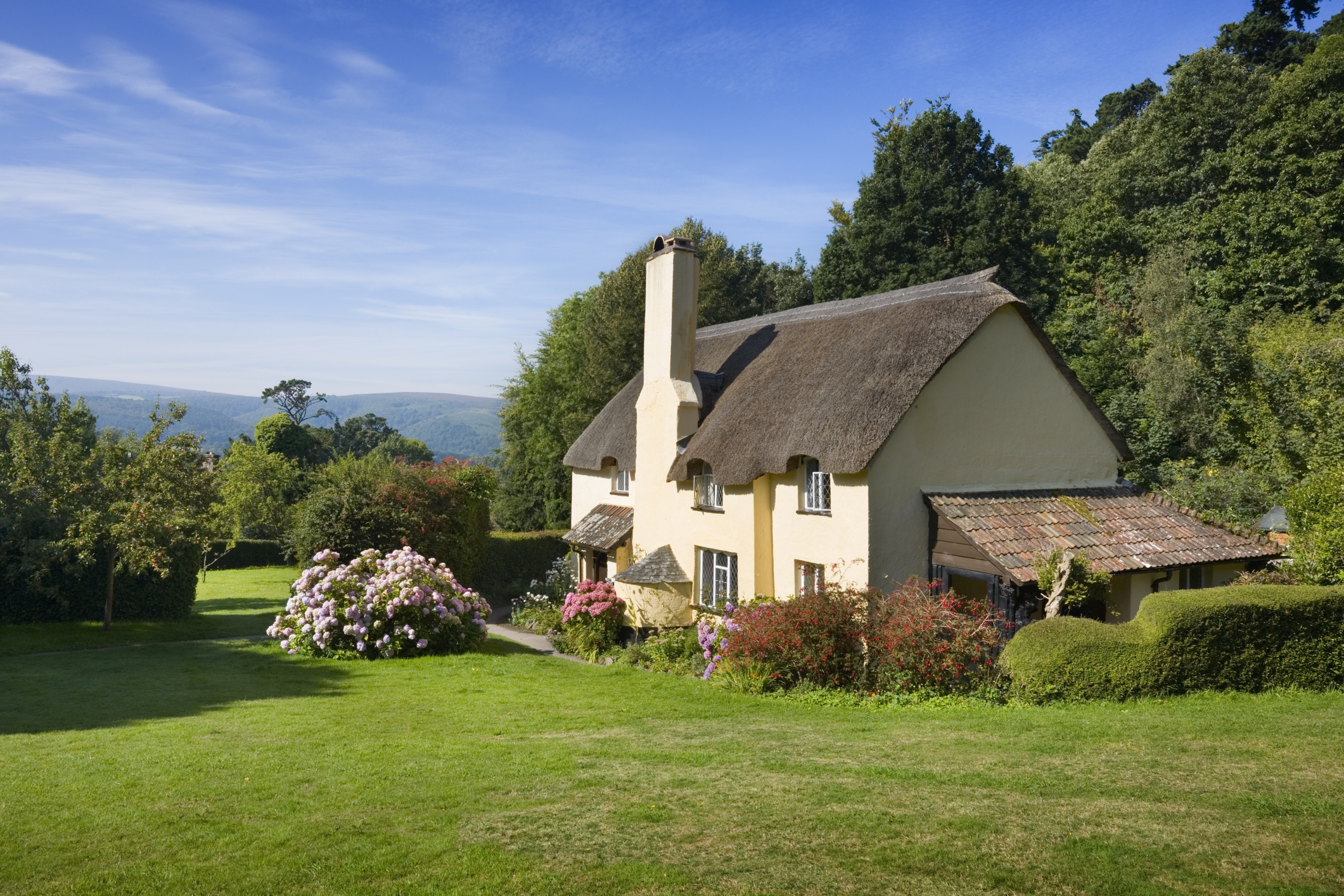 The Catch-22 that's clogging up the housing market? The over-50s sitting in half-empty houses while young families struggle to find homes that are big enough
The Catch-22 that's clogging up the housing market? The over-50s sitting in half-empty houses while young families struggle to find homes that are big enoughWhile the vast majority of empty nesters living in larger properties don’t intend to downsize, upsizers are struggling to climb up the housing ladder, says Regency Living.
By Annabel Dixon Published
-
 More than a quarter of parents 'bend rules or even lie' to get their children into the right school
More than a quarter of parents 'bend rules or even lie' to get their children into the right schoolA survey by Zoopla reveals just how far parents are prepared to go to get their child into a top school. So, what would you do?
By Annabel Dixon Published
-
 More than a quarter of property sales collapsed in 2024. Here's why.
More than a quarter of property sales collapsed in 2024. Here's why.The most common reason for sales falling through last year? Buyers pulling out or failing to renegotiate the purchase price following a property survey.
By Annabel Dixon Published
-
 'Like living in an episode of Top Gear': The beautiful rural spots where people use McLarens and Ferraris to pop down to the shops
'Like living in an episode of Top Gear': The beautiful rural spots where people use McLarens and Ferraris to pop down to the shopsUsing exclusive data compiled by Savills, Anna White takes us through the rural districts where you'll find the most supercars, and reveals the extreme lengths owners will go to look after them.
By Anna White Published
-
 Going up? The property market's top experts on what will happen to house prices in 2025
Going up? The property market's top experts on what will happen to house prices in 2025After a jam-packed year, could a brighter and more stable housing market be around the corner? Here’s our round-up of house price predictions from those in the know.
By Annabel Dixon Published
